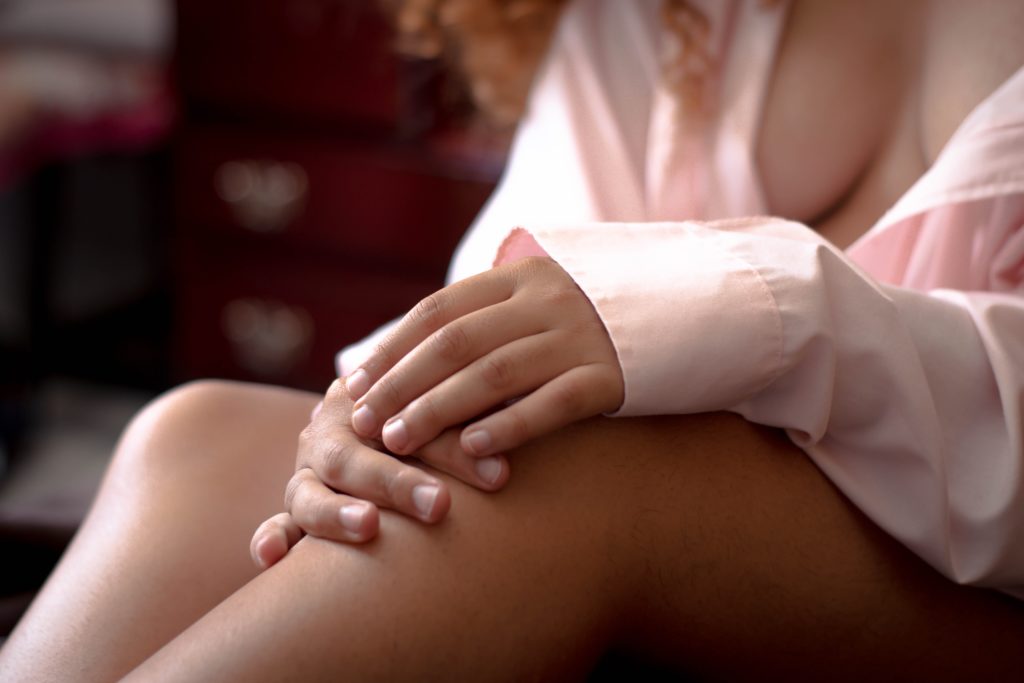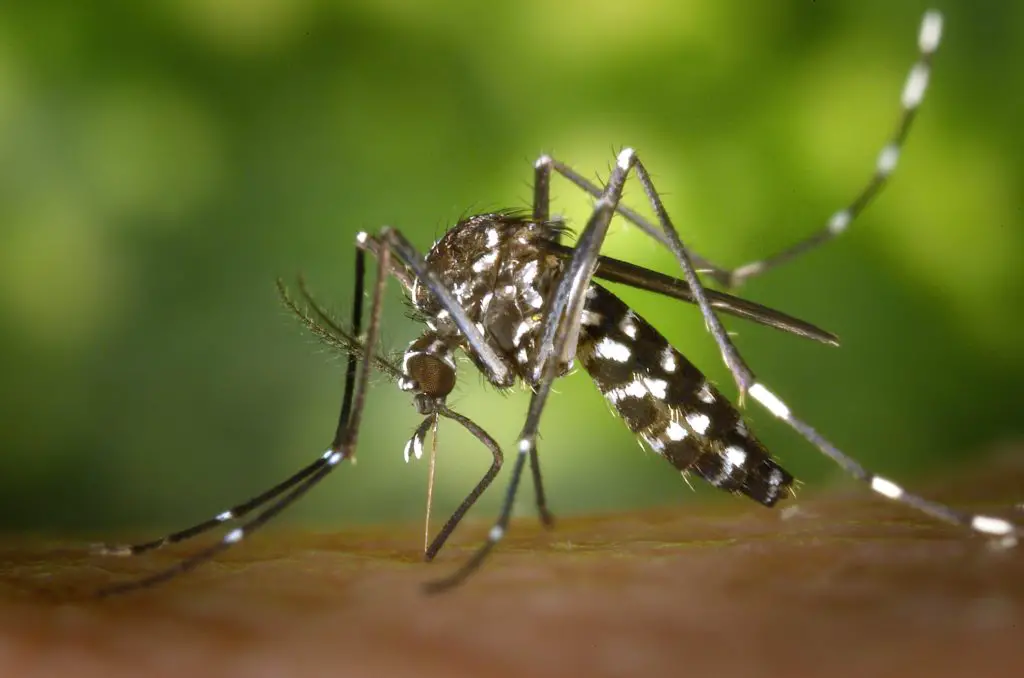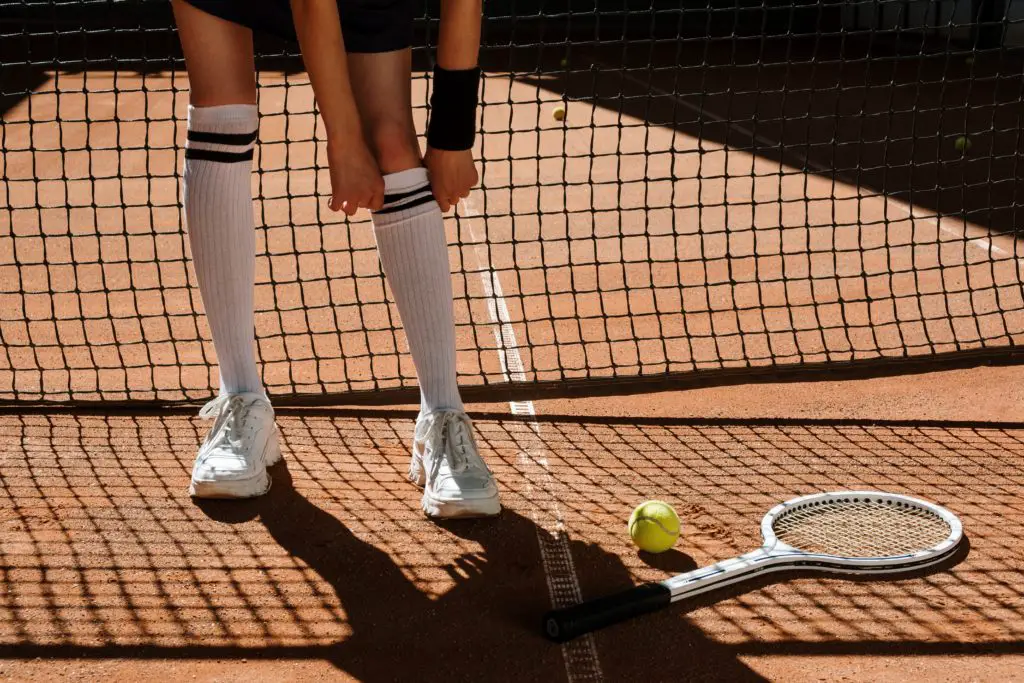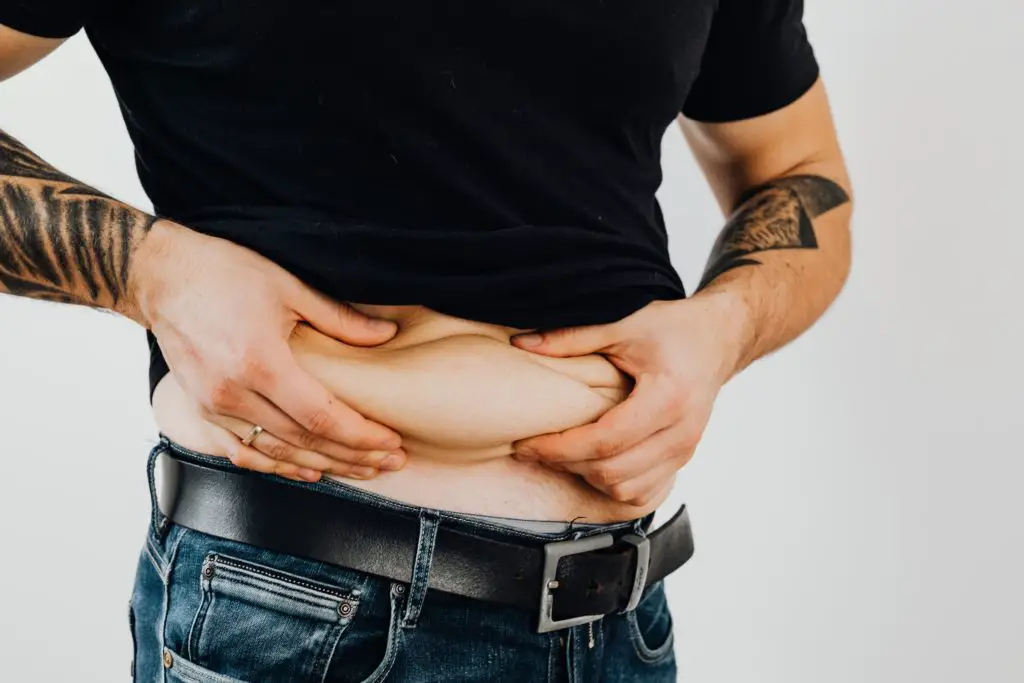Bursitis of the heel is swelling of the fluid-filled sac (bursa) at the back of the heel bone.
Causes
A bursa acts as a cushion and lubricant between tendons or muscles sliding over bone. There are bursas around most large joints in the body, including the ankle.
The retrocalcaneal bursa is located in the back of the ankle by the heel. It is where the large Achilles tendon connects the calf muscles to the heel bone.
Repeated or too much use of the ankle can cause this bursa to become irritated and inflamed. It may be caused by too much walking, running, or jumping.
This condition is very often linked to Achilles tendinitis. Sometimes retrocalcaneal bursitis may be mistaken for Achilles tendinitis.
Risks for this condition include:
- Starting a very intense workout schedule
- Suddenly increasing activity level without the right conditioning
- Changes in activity level
- History of arthritis that is caused by inflammation
Symptoms
Symptoms include:
- Pain at the back of the heel, especially with walking, running, or when the area is touched
- Pain may get worse when rising on the toes (standing on tiptoes)
- Red, warm skin over the back of the heel
Exams and Tests
Your health care provider will take a history to find out if you have symptoms of retrocalcaneal bursitis. An exam will be done to find the location of the pain. The provider will also look for tenderness and redness in the back of the heel.
The pain may be worse when your ankle is bent upward (dorsiflex). Or, the pain may be worse when you rise on your toes.
Most of the time, you will not need imaging studies such as x-ray and MRI at first. You may need these tests later if the first treatments do not lead to improvement. Inflammation may show on an MRI.
Treatment
Your provider may recommend that you do the following:
- Avoid activities that cause pain.
- Put ice on the heel several times a day.
- Take nonsteroidal anti-inflammatory drugs (NSAIDs), such as ibuprofen.
- Try using over-the-counter or custom heel wedges in your shoe to help decrease stress on the heel.
- Try ultrasound treatment during physical therapy to reduce inflammation.
Have physical therapy to improve flexibility and strength around the ankle. The focus will be on stretching your Achilles tendon. This can help bursitis improve and prevent it from coming back.
If these treatments do not work, your provider may inject a small amount of steroid medicine into the bursa. After the injection, you should avoid overstretching the tendon because it can break open (rupture).
If the condition is connected to Achilles tendinitis, you may need to wear a cast on the ankle for several weeks. Very rarely, surgery may be needed to remove the inflamed bursa.
Prognosis
This condition most often gets better in several weeks with the proper treatment.
When to Contact a Medical Professional
Call your provider if you have heel pain or symptoms of retrocalcaneal bursitis that do not improve with rest.
Prevention
Things you can do to prevent the problem include:
- Use proper form when exercising.
- Maintain as good flexibility and strength around the ankle to help prevent this condition.
- Stretch the Achilles tendon to help prevent injury.
- Wear shoes with enough arch support to decrease the amount of stress on the tendon and inflammation in the bursa.
Alternative Names
Insertional heel pain; Retrocalcaneal bursitis
References
Joseph RL, Hudgins TH. Foot and ankle bursitis. In: Frontera WR, Silver JK, Rizzo TD, eds. Essentials of Physical Medicine and Rehabilitation. 3rd ed. Philadelphia, PA: Elsevier Saunders; 2015:chap 86.
Kadakia AR. Heel pain and plantar fasciitis: hindfoot conditions. In: Miller MD, Thompson SR, eds. DeLee and Drez’s Orthopaedic Sports Medicine. 4th ed. Philadelphia, PA: Elsevier Saunders; 2015:chap 119.
Seller RH, Symons AB. Pain in the foot. In: Seller RH, Symons AB, eds. Differential Diagnosis of Common Complaints. 7th ed. Philadelphia, PA: Elsevier; 2018:chap 23.









